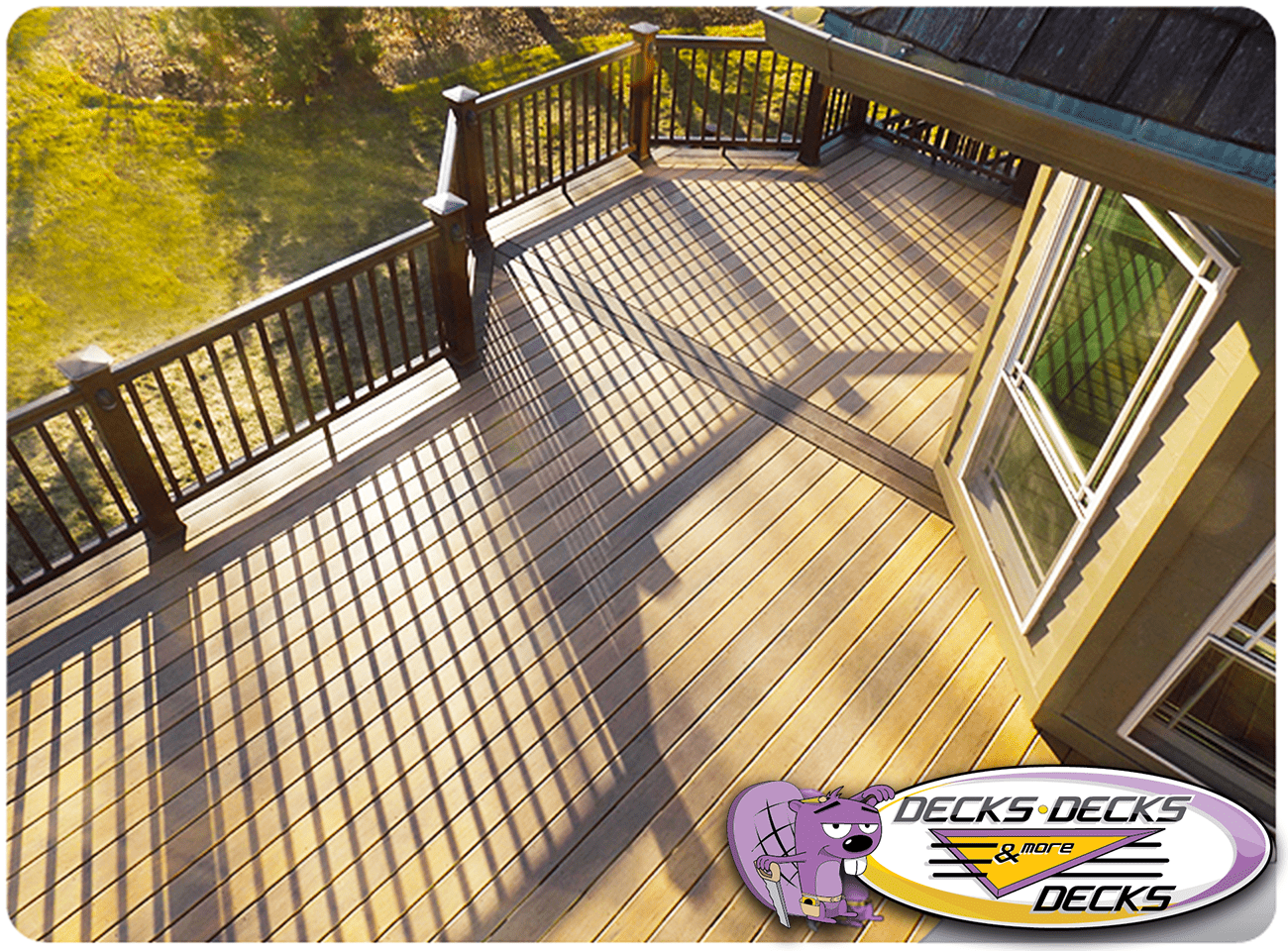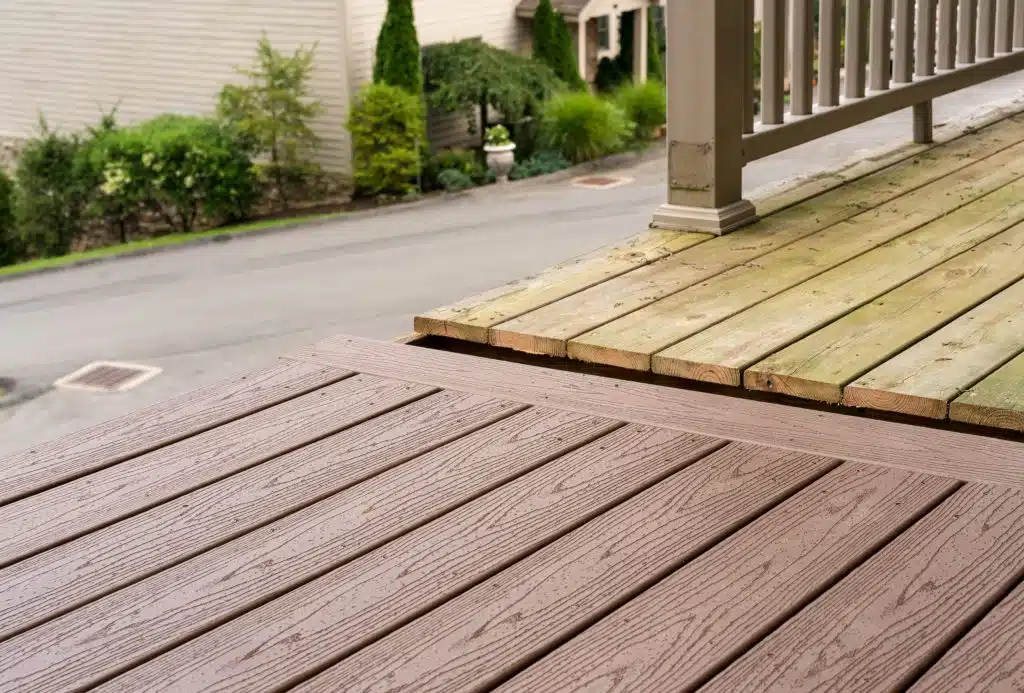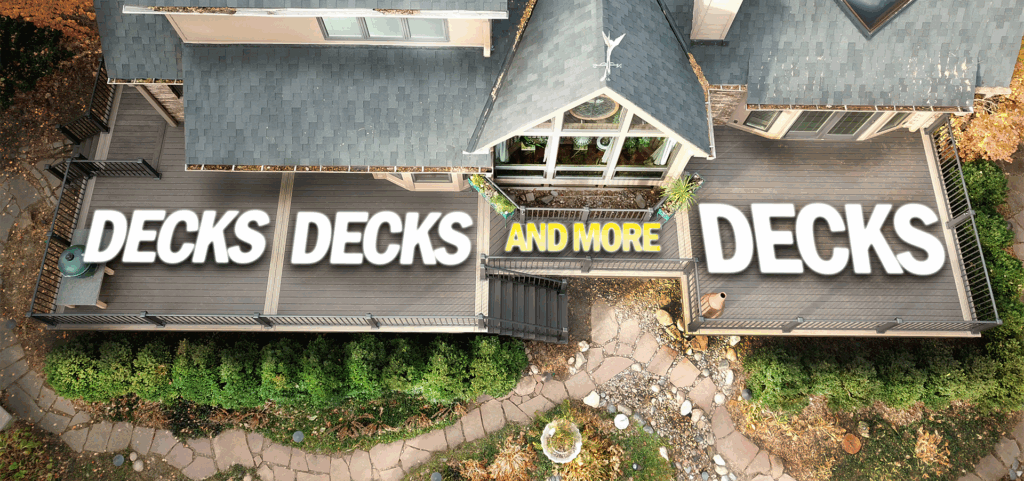Discover the Advantages of Composite Decks: Durability, Style, and Low Maintenance
Composite decks have revolutionized the decking industry, offering homeowners a durable, stylish, and low-maintenance alternative to traditional wood. If you’re considering a new deck or upgrading your existing one, here are the key advantages of composite decking that make it a top choice.
1. Low Maintenance for a Stress-Free Outdoor Space
One of the biggest advantages of composite decks is their low maintenance. Unlike wood decks, which require regular staining, sealing, or painting, composite decking only needs occasional cleaning with soap and water. This makes it an ideal option for homeowners who want to enjoy their outdoor space without the hassle of frequent upkeep.
2. Durability That Lasts for Decades
Composite decking is designed to withstand the elements. It resists rot, mold, and insect damage, which are common issues with wood decks. High-quality composite decks are also resistant to fading, scratching, and staining, ensuring they retain their beauty for years to come, even in harsh climates.

3. A Wide Range of Styles and Colors
Composite decks offer a wide variety of styles, colors, and textures to suit any aesthetic. Whether you prefer the natural look of wood grain or a sleek modern finish, composite decking allows you to customize your outdoor space to match your home’s design. Many brands also offer matching railings and accessories for a cohesive look.
4. Eco-Friendly Options for Sustainable Living
Many composite deck brands use recycled materials, such as plastic and wood fibers, making them an environmentally friendly choice. By choosing composite decking, you’re helping reduce waste while enjoying a product that’s built to last.
5. Resistant to Weather and Climate Challenges
Composite decks are built to handle extreme weather conditions, from heavy rain to intense sunlight. They don’t warp, crack, or splinter like wood, making them ideal for areas with fluctuating temperatures. Composite decking also stays cooler underfoot than some materials, providing added comfort during hot summers.
6. Long-Term Value for Your Investment
While the upfront cost of composite decking may be higher than wood, its long lifespan and minimal maintenance costs make it a more cost-effective choice in the long run. With composite decking, you’ll spend less time and money on repairs and upkeep, allowing you to enjoy your deck worry-free.
Final Thoughts on the Advantages of Composite Decks
Composite decks offer a perfect blend of beauty, durability, and practicality. Whether you’re drawn to their low maintenance, stylish designs, or eco-friendly benefits, investing in a composite deck ensures you’ll have a functional and inviting outdoor space for years to come.
Click Here to Learn more!
 free estimates: (402) 690-1050
free estimates: (402) 690-1050


